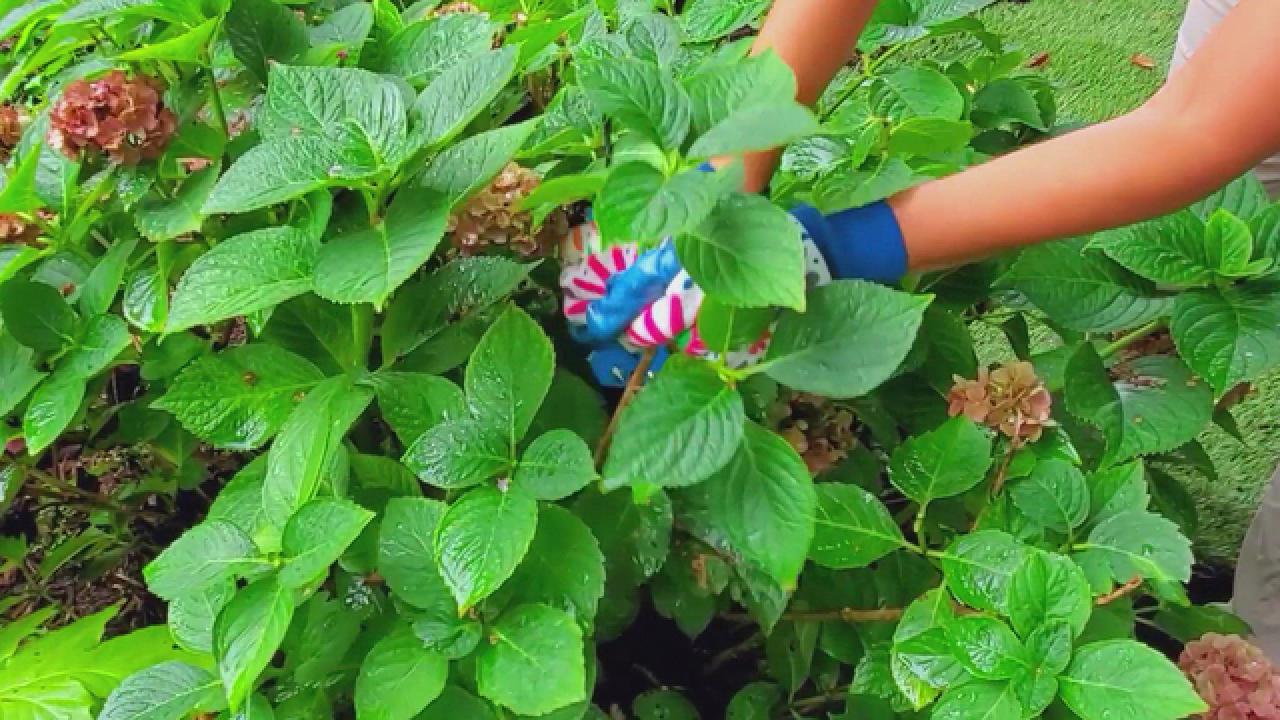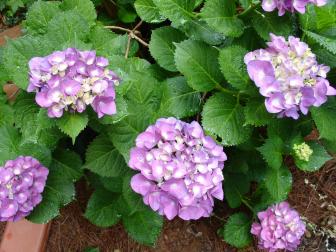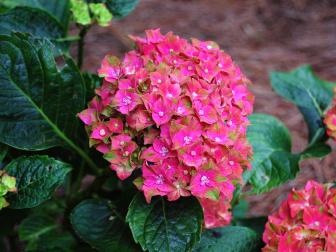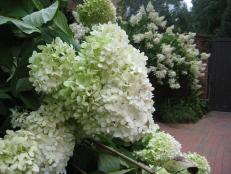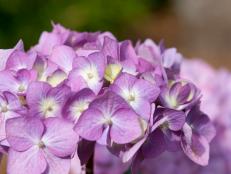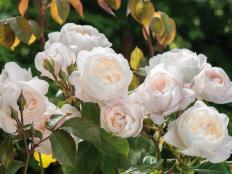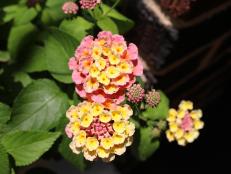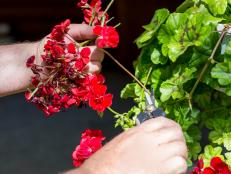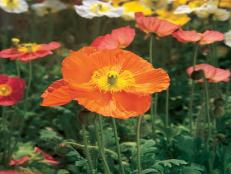When to Prune Hydrangeas: Expert Tips
To know when to cut back hydrangeas, you'll need to know the varieties of hydrangeas in your garden.
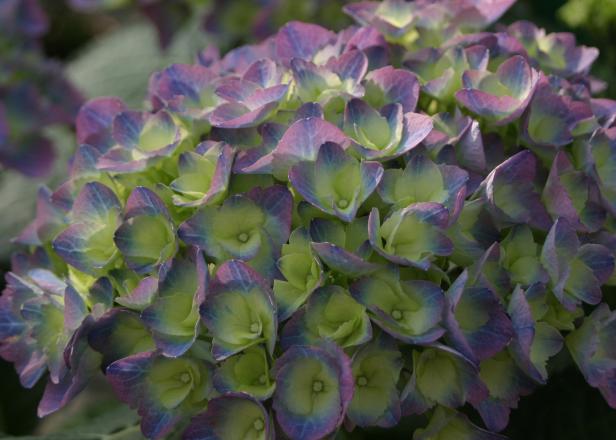
Image courtesy of Proven Winners
When deciding when to prune your hydrangeas, first learn which type of hydrangea you are growing. This is a bigleaf hydrangea — Cityline 'Rio' Hydrangea.

One of the most common gardening questions is "When should I prune my hydrangeas?" As those billowy big blooms turn from cheery blues, purples, pinks, reds and whites to boring browns we all tend to want to run out with the clippers and hack away.
When to Cut Back Hydrangeas
Timing depends on the type of hydrangea you have, and there are many. First, know hydrangeas do not have to be pruned — unless the shrub has grown too large for its space or unruly and needs a little shaping up. Otherwise, you can simply clean up the plant by removing dead branches and deadheading spent blooms.
How to Plant, Grow and Care for Hydrangeas
No garden’s complete without this old-fashioned favorite, and new varieties make hydrangeas easier than ever to grow.
But if you do choose to prune one, remember this: Hydrangea pruning time is based on whether the type of hydrangea you have blooms on old wood or on new wood.
If it blooms on old wood (stems from the summer before the current one), its buds are being formed, and if you wait too late you may cut them off, meaning no flowers next spring. So these shrubs should be pruned immediately after their flowers fade.
Conversely, if the shrub flowers on new wood (stems developed during the current season), its buds are set within the season, so the shrub should be pruned in early spring before that new growth emerges.
50 Gorgeous Hydrangea Varieties 59 Photos
This beautiful flowering shrub can add color and abundance to your garden.
When to Prune Different Hydrangea Species
Here are the common types of hydrangeas and when they should be pruned:
- Big-leaf hydrangeas, Hydrangea macrophyla: These are the most common species and include the popular mopheads and lacecaps in wide-ranging colors of blue, violet, pink, purple, red and white. They bloom in early summer on old wood, so prune big-leafy hydrangeas after flowering.
- Oakleaf hydrangeas, Hydrangea quercifolia: This native hydrangea features cone-shaped white blooms that turn a beautiful shade of russet in late summer. It, too, blooms on old wood so Oakleaf hydrangeas should not be pruned until after flowering.
- Panicle hydrangeas, Hydrangea paniculata: Often pruned as tree forms, these shrubs (Tardivas, PeeGees) explode with panicle-shaped white flowers in mid- to late summer. Because they bloom on new wood, prune Panicle hydrangeas in early spring before they sprout new foliage.
- Hydrangea arborescens, 'Annabelle': Featuring globe-shaped blooms in spring that start out chartreuse and later turn white, this variety blooms on new wood as well so prune Hydrangea arborescens in early spring.
Remontant, or "reblooming," hydrangeas: These are a new generation of hydrangeas bred to flower more than once throughout the growing season. They offer wide-ranging colors, and one of the most popular cultivars is ‘Endless Summer’. So because they bloom both on old and new wood, these hydrangeas can be cut back at any time.
When pruning a hydrangea that blooms on old wood, first remove any dead limbs, then crossing branches, thinning out the interior of the plant to open it to more sunlight. Ones that bloom on new wood, such as the Tardiva and PeeGee varieties, can be selectively pruned, choosing branches that don’t conform to the desired shape of the plant or control size. And ‘Annabelle’ hydrangeas can be given the most severe haircuts, with the entire shrub cut back to six to 12 inches above ground.
Now do you see why the question of "When do I prune my hydrangeas" can be one the biggest head-scratchers in gardening land?!
